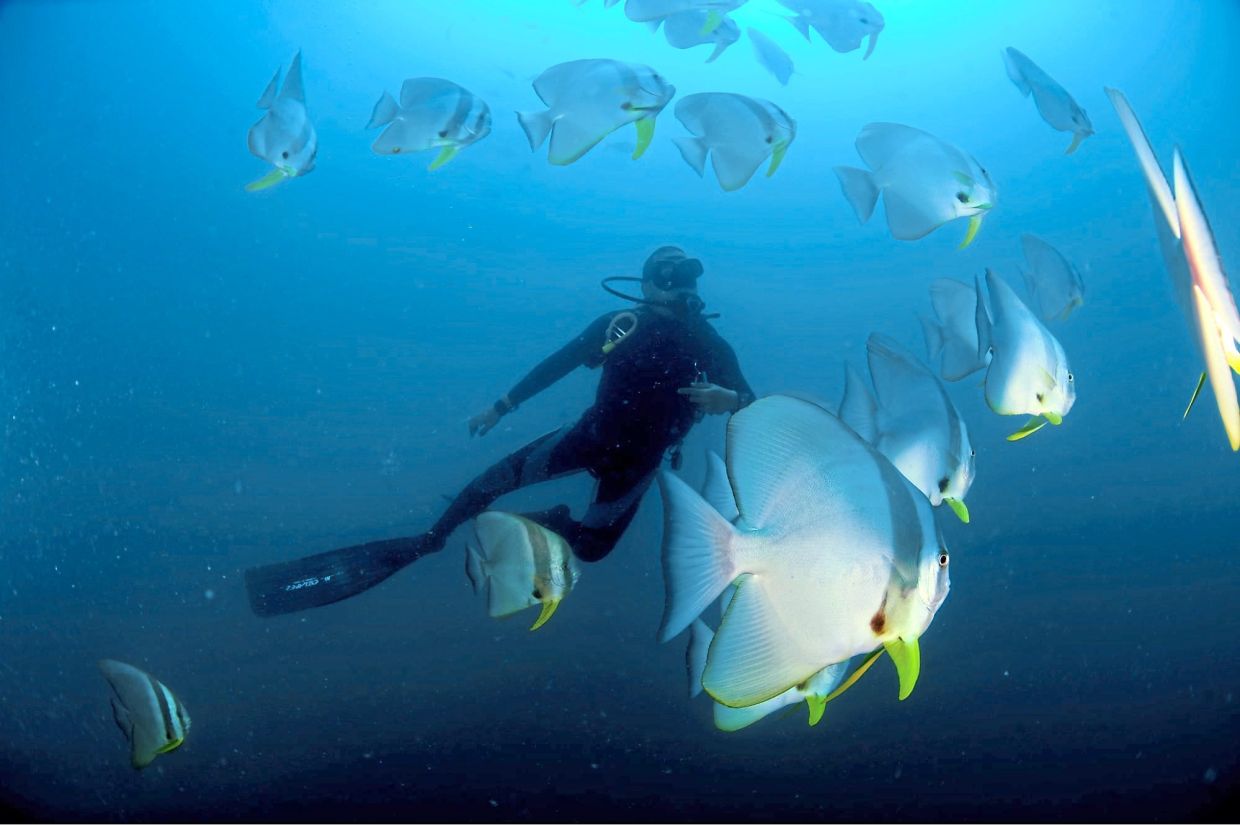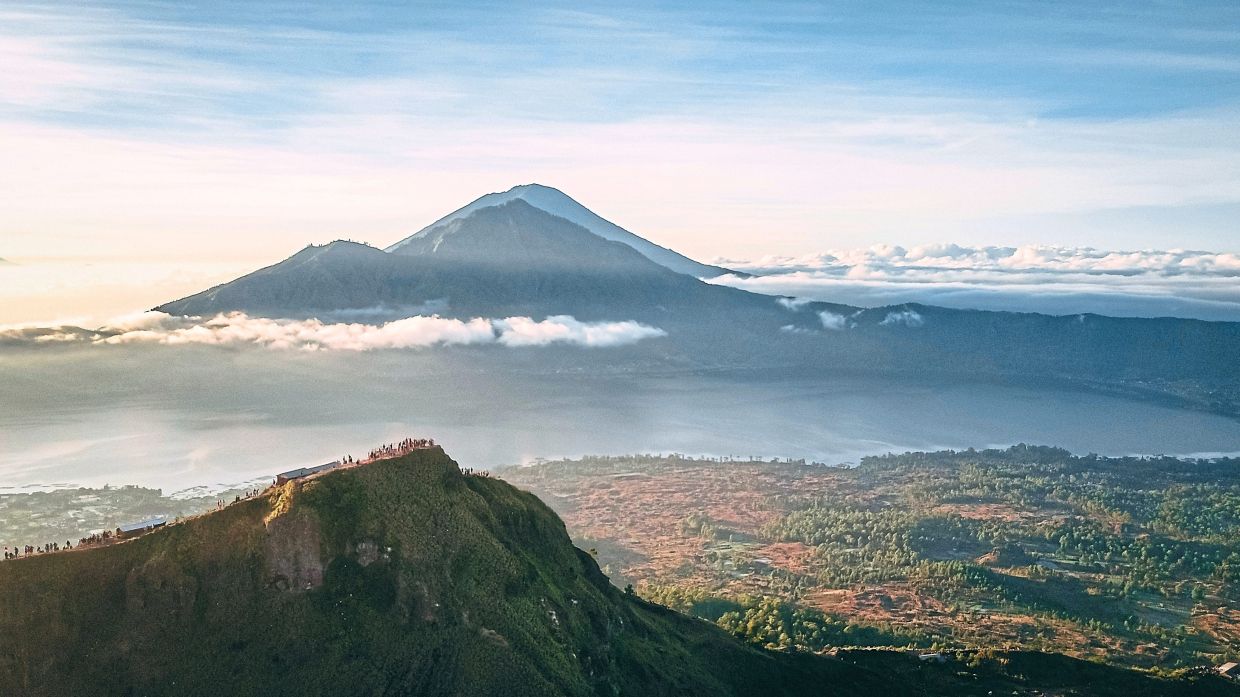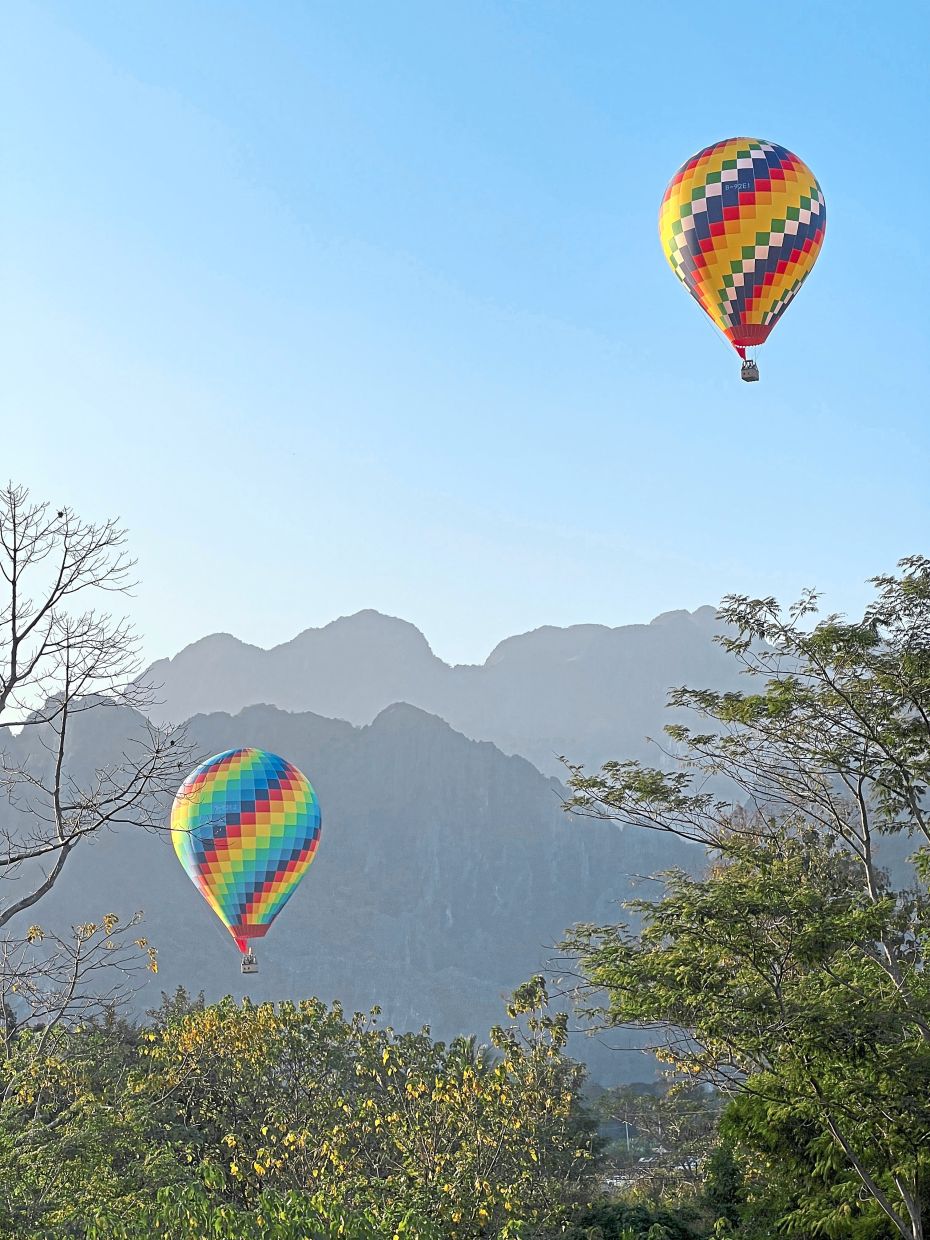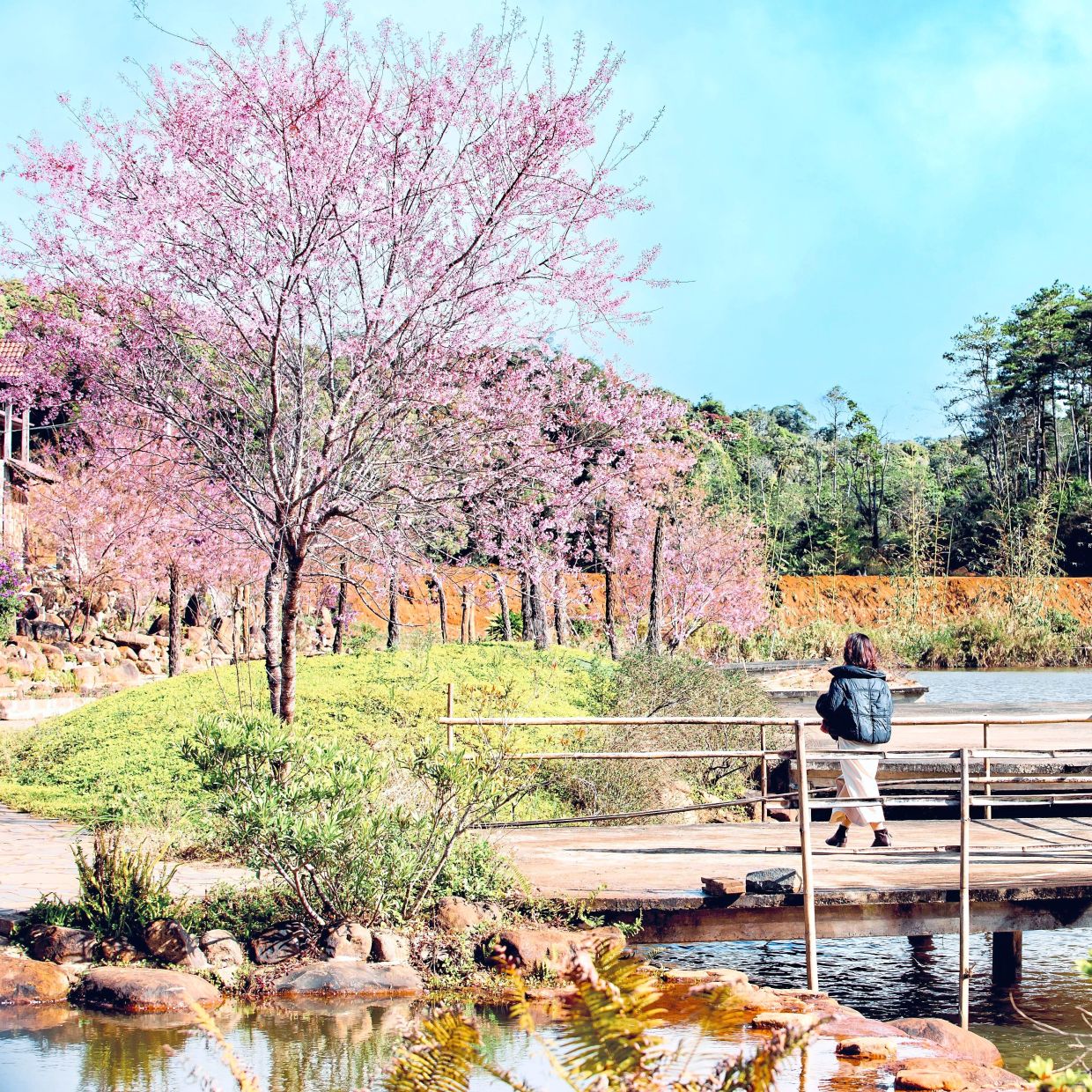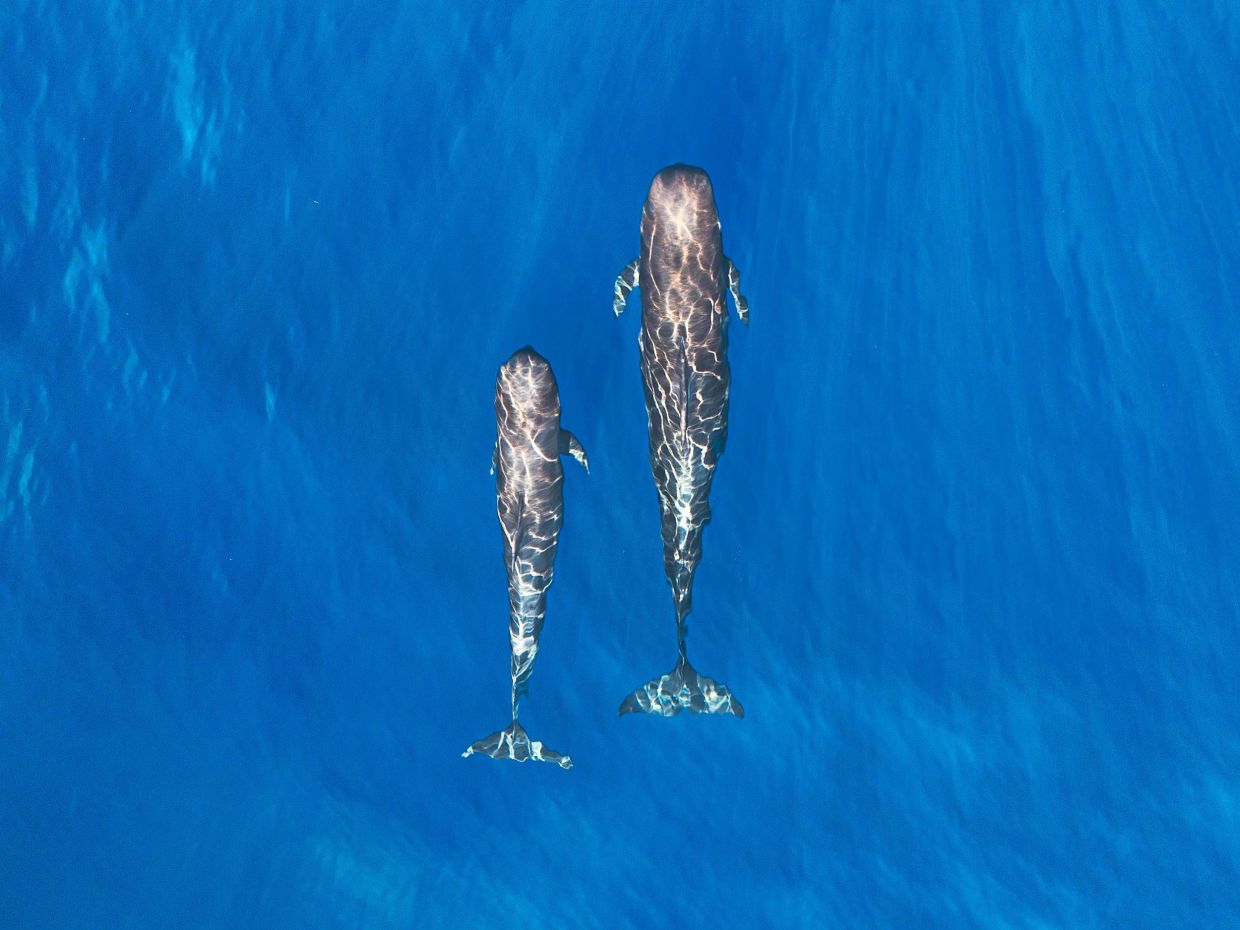Celebrate Chinese New Year with a bang in Singapore. — Pexels
You've heard of the phrase “same same but different”; that’s perhaps an apt description of South-East Asia. A region rich with cultural and natural diversity, yet there are similarities that foster unity among the 11 countries that make up the region.
Since 1967, these countries have banded together to form the Association of South-East Asian Nations (Asean).
Initiated by Malaysia, Indonesia, the Philippines, Singapore and Thailand, the region’s remaining nations would gradually become members throughout the 1980s and 1990s. Timor-Leste, having only gained independence in the 21st century (in 2002, to be exact), will finally be welcomed as an official 11th member on Oct 26.
The welcome ceremony for the newest member will be held during the 47th Asean Summit in Kuala Lumpur, which ends Oct 28.
In the spirit of celebrating unity in diversity, let us take a look at what each Asean country brings to the (travel) table. At a glance, the countries in this little region we share may seem similar to each other – same same but different, right?
For instance, we share mostly the same festivities, but Christmas or Chinese New Year celebrations in the neighbouring countries may look different from ours.
We also share mostly the same weather patterns and geographical traits, but some countries may have cooler weather that is perfect for seasonal flora and fauna, while some have drier seasons that are perfect for outdoor adventures – be it in the oceans or the highlands.
You might notice that Myanmar is not included in this list. The beautiful country does boast tourist attractions steeped in history and culture – think hot air balloon rides over Bagan and the scenic Inle Lake with the “one-legged fishermen” (so called because they row while standing on one leg, not that they’re noticeably missing a limb).
However, due to the country’s ongoing armed conflict, it is best to take precautions at the moment, and refrain from travelling there, as per the travel advisory of many nations. Hopefully, soon we will again be able to visit Myanmar to explore its natural wonders and experience its people’s hospitality.
In the meantime, the rest of South-East Asia awaits rediscovery and welcomes all visitors.
Malaysia
The best time for exploration in Malaysia is between April and October, when the weather is sunny and the sea is calm.
Surrounded by waters on almost all sides, Malaysia is a paradise for anyone who loves aqua. From the thalassophiles (ocean lovers) to the rheophiles (river lovers), there are plenty of water activities to do during the dry season.
You can snorkel or dive around colourful reefs in Pulau Tioman (Pahang) and Pulau Perhentian (Terengganu), both known for their peaceful atmosphere.
In Langkawi, Kedah, you can enjoy spectacular sunsets and a mangrove tour, among other nature-based offerings.
Of course, water fun isn’t just found near the coasts. Go further inland to find rivers and waterfalls. Typically, waterfalls are where you go for relaxing picnics, while rivers are for adventurous activities – think white water rafting at places like Sungai Kedim, Kedah; Sungai Selangor; and Sungai Padas, Sabah.
Sabah has plenty of waterfalls (like Kadamaian and Mahua) as well and is home to some of the world’s best dive spots, like in Sipadan. You can go island hopping – during which you can snorkel and kayak – around Tunku Abdul Rahman Marine Park just 15 minutes from Kota Kinabalu via speed boat.
Indonesia
April to October is also the best season to visit Indonesia, as that is its dry season, with clear skies and pleasant weather. (Do note that around July to October, some regions experience haze, so check ahead before travelling.)
Being more mountainous than Malaysia, however, Indonesia’s landscapes are great for hiking adventures – be it at cascading rice fields, tropical rainforests or towering volcanoes.
Head to Mount Batur in Bali for a spectacular sunrise or sunset experience. You can follow a guided trek, or opt for jeep or ATV tours.
Check out the beautiful Lake Toba and Samosir Island in North Sumatra, or go on the Mount Nglanggeran Trail in Yogyakarta, which takes you through an ancient volcanic site.
At Bali’s Jatiluwih Rice Terraces, a Unesco World Heritage Site, there are a few types of guided tours available. Some may pair your trek through the lush green terraces with other activities, such as visits to heritage sites and temples.
Thailand
When you think of Thailand, you might picture gorgeous islands, mouth-watering street food and magnificent temples.
But visiting the country in April adds another layer, making your trip more meaningful and exciting as you get to participate in its famous water festival, Songkran.
The festival marks the start of the traditional Thai New Year, where streets across Thailand come alive with water battles from April 13 to 15.
The scene that you will be greeted with when you visit during this time involves locals and tourists splashing water at each other with water guns, hoses or buckets. This act is said to wash away bad luck and welcome the new year with a fresh start.
In fact, when visiting temples during Songkran, you will see devotees purifying Buddha statues with sacred water and releasing birds and fish as part of their merit-making.
In the capital Bangkok, Khao San Road and Silom are perhaps the most lively areas for celebrating Songkran, but really, everyone in the city participates in the festivities.
Meanwhile, in northern Chiang Mai, the water affair lasts even longer (up to 10 days), typically around the historic Tha Phae Gate.
If you want to celebrate by the sea, head to the big islands like Phuket or Koh Samui.
Laos
“Winter” season is the best time to go to Laos. Don’t expect snow or freezing cold air, but the weather in northern Laos during the months of November to February are relatively cooler, making it pleasant for outdoor activities.
Once notorious for parties, the quaint town of Vang Vieng in the Vientiane Province is now more known as the country’s adventure capital.
Surrounded by dramatic limestone cliffs, the town offers plenty of rock-climbing opportunities, from beginner-friendly climbs to challenging ascents on Sleeping Wall, Pha Daeng Mountain and Phaly Mountain.
For those who are new to the sport, there are also climbing schools in the area that can show you the ropes and help get you started.
Beyond these activities, you can go tubing along the Nam Song River or enjoy a hot air balloon ride in Nathong/Phonekham Valley.
The Philippines
There may not be winter in the Philippines, but “white Christmas” is always a possibility.
Tinsels, wreaths and “snow” (usually artificial spray-on snow, foam or even cotton) start to appear as early as September.
Seeing Christmas trees and Santas, and hearing Christmas carols everywhere months before December might make you think you’re experiencing a time slip. But in reality, you’re just visiting a country known for having the world’s longest Christmas season.
Instead of just one month, the whole final four months of the year (referred to as the “-ber months”) are dedicated to the festive season throughout the Philippines.
So, if you’re a Christmas enthusiast, visiting the country from September to December will be Christmas come early – quite literally – for you.
A must-visit destination is Pampanga, aka the “Christmas capital of the Philippines”, which features its famous Giant Lantern Festival, the dazzling Glow Christmas Park, and the longest Christmas market (which recently started, and will end on Jan 11, 2026).
Christmas villages too can be found across the country, in places like Baguio City, Makati City and Tangub City.
Vietnam
Thanks to climate changes, cherry blossoms are blooming later and later in the spring season in countries like Japan and South Korea.
Luckily, you can catch the pretty pink flowers in another (much closer) destination – and at a much earlier time.
Depending on the region, the cherry blossoms in Vietnam start blooming from as early as mid-November. The country’s cherry blossom season would usually last until March. Places like Sapa and Dalat would experience full bloom earlier than others.
Mang Den, also a popular destination for the pale pink petals, usually sees the flowers blooming around end of January. Ha Giang is one of the places where the flowers bloom later, which is the end of February until early March.
Time your visit perfectly and you will be able to attend festivals that revolve around these delicate flowers. The festivals may not be as large scale as the ones in Japan and South Korea, but they are just as beautiful.
These festivals are infused with Vietnamese cultural experiences – which also highlight the cultural exchanges with Japan – and you’ll get to learn more about both countries’ cultures when attending them.
Dien Bien Phu has become more well known for the annual Cherry Blossom Festival, so this may be a good start for your sakura travels in Vietnam.
Brunei
While you can experience Ramadan in Malaysia itself, it’s always interesting to see how the month-long fasting season is celebrated elsewhere in South-East Asia.
Brunei, famed for its mosques and Kampong Ayer (“water village” in Brunei Malay, which is self-explanatory), is one of the best countries you can visit for this.
One of the highlights is no doubt the Ramadan bazaars. Some of the places where you can find them are in Kuala Belait and the capital, Bandar Seri Begawan.
Look for food that may not be available at our own local bazaars, such as nasi katok, pais daging and belutak, which are special to Brunei.
Since the timing of Ramadan changes each year, be sure to check the calendar before planning your trip.
Singapore
Chinese New Year is another festive celebration we share with our fellow Asean neighbours.
Again, it’s interesting to see how a festivity familiar to us is celebrated elsewhere.
With Chinese Singaporeans being the largest ethnic population in the island country, it’s no surprise that Chinese New Year is celebrated with much pomp.
You can join the crowd at the Marina Bay to marvel at fireworks, gawk at the decorations in Chinatown, or watch the Chingay Parade at the F1 Pit Building.
One of the most anticipated events for the festivity is River Hongbao. Its 40th edition, in 2026, is expected to be held at Gardens By the Bay again, so you can plan ahead for that.
Some of the event’s highlights are large decorative lanterns, nightly performances, food street and firecrackers.
Since Chinese New Year usually falls in January or February (it’s Feb 17 in 2026) – and lasts for 15 days – either one of these months is the best time to visit Singapore if you plan to join in the festive fun.
Cambodia
Speaking of rivers, Cambodia’s Mekong Delta River is home to one of the rarest animals on Earth – the endangered Irrawaddy dolphin.
The best time to spot this adorably strange-looking creature is from January to June, which is basically the dry season and when the water levels are low.
Kratie and Stung Treng provinces are reportedly the only places you can spot the dolphins now, as their numbers continue to dwindle over the years. As of 2022, fewer than 90 remain in the river. (Laos, the only other country the dolphins are native to, lost its last Irrawaddy dolphin that same year.)
By supporting the dolphin watching eco-tourism in Cambodia, you can help ensure the continued existence of the rare mammals, whose unique appearance is characterised by their bulging forehead and short beak.
But make sure you choose ethical operators, who will only conduct boat tours that keep a respectable distance from the dolphins and do not allow the feeding or touching of any wild animals.
Timor-Leste
In Timor-Leste, there is a different kind of aquatic mammal that you can watch during certain times of the year.
From October to December, whales can be seen making their migratory journey through the Ombai-Wetar Strait.
Visiting during the whale-watching season means you’ll get to observe these gentle giants frolicking in the deep waters. Among the types of whales that you might encounter are pygmy blue whales, sperm whales, melon-headed whales, and short-finned pilot whales.
For this activity, you can book either half-day or full-day tours, which depart mainly from the capital Dili or the nearby Atauro Island. Book from licensed tour operators, with sustainable practices that ensure minimal disturbance to the marine environment.
Choosing a reputable tour operator is also important if you intend to do another activity that will take you even closer to these whales – swimming with them!
Tour operators that are responsible will ensure each trip is conducted safely. Look for ones that limit the number of participants per group, ideally less than 10, as this ensures a manageable experience.
Previously, travelling to Timor-Leste required transits in Indonesia. But now, direct flights from Malaysia have made it more accessible, even more so after Batik Air’s recent increase of its Kuala Lumpur-Dili flight frequency to three times a week.
Star Media Group, always in the forefront of championing ESG topics, is the founder of the Asia ESG Positive Impact Consortium. Visit us at https://aepic.asia/.



